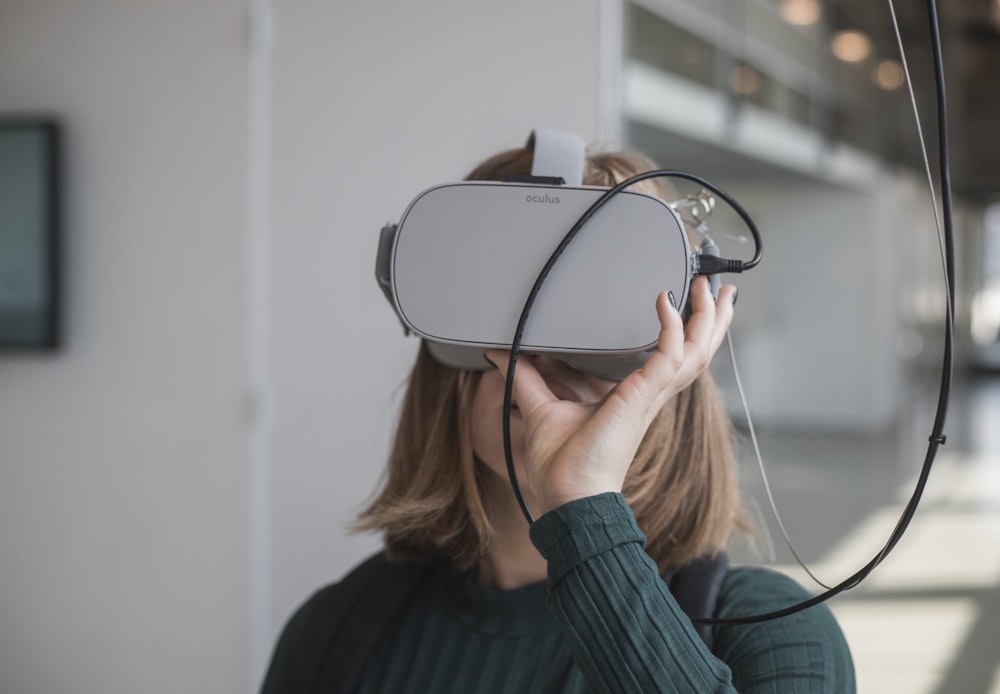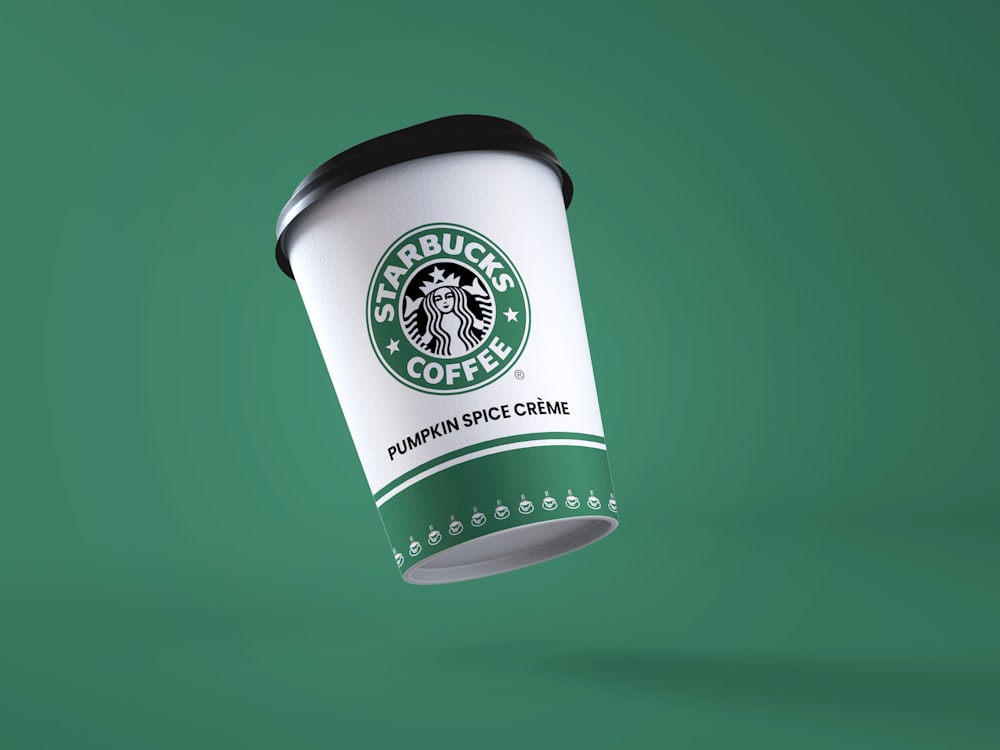The world of digital marketing is in a constant state of flux, with technology playing a pivotal role in shaping and refining the methods employed to captivate audiences.
Among these innovative strategies is gamification — a potent technique that artfully weaves game-like elements into non-gaming environments. This seamless fusion not only sparks interest but also has the power to revolutionize marketing approaches.
Gamification owes its tremendous potential to the fact that it effortlessly taps into the intrinsic human cravings for competition, rewards, and enjoyment. Harnessing these deep-rooted desires, it morphs into an avant-garde marketing tactic capable of creating immersive experiences that leave lasting impressions on most consumers.
This article explores the fascinating world of gamification in marketing. Our journey will take us through its benefits, best practices worth adopting, and stellar examples from renowned brands that have skillfully mastered the art of gamification.
The Psychology Behind Gamification
Gamification’s effectiveness lies in its ability to address our most fundamental psychological needs: autonomy, competence, and relatedness.
These core components serve as the driving force that propels individuals to participate in activities for sheer enjoyment and personal satisfaction. And it’s what every gamified campaign leverages to its advantage.
Understanding these elements is crucial for designing engaging gamified experiences.
Autonomy is a powerful motivator, stemming from an individual’s longing for personal control and freedom when making choices. Gamification caters to this desire by offering users the ability to make decisions that influence their experience, ultimately fostering a sense of empowerment. This customized involvement piques interest and encourages continued engagement with the gamified content.
Competence, on the other hand, revolves around the intrinsic need for mastery and growth. Gamified experiences provide users with the opportunity to sharpen their skills and receive positive reinforcement through rewards and recognition. The created sense of accomplishment further fuels their motivation to engage with the activity as they continuously strive to excel and achieve more.
Lastly, relatedness embodies the innate human desire to connect with others and form meaningful relationships. Gamification taps into this need by incorporating multiplayer games or competitive leaderboards that stimulate social interaction among users. These shared experiences not only strengthen bonds but also create a sense of camaraderie, making the overall experience more enjoyable and memorable.
Carefully weaving these psychological elements into game-like scenarios, gamification proves to be a powerful interactive marketing strategy capable of captivating audiences while driving long-lasting engagement.
Benefits of Gamification in Marketing
The integration of gamification in marketing strategies presents a multitude of benefits for both consumers and businesses, making it an increasingly popular approach in the marketing realm.
From the client’s perspective, gamified experiences improve user engagement by introducing appealing and rewarding challenges to overcome.
Furthermore, gamification marketing encourages social connections among users who share their triumphs or compete against one another in a lighthearted atmosphere.
On the other side, businesses that employ gamified marketing campaigns stand to gain significantly from increased customer retention and conversion rates.
Gamification serves as a powerful tool for capturing valuable insights into consumer behavior through data collected during these interactive experiences. Dissecting this wealth of information, companies can refine their marketing strategies to cater to their customers’ needs and preferences more effectively.
Ultimately, incorporating gamification into marketing tactics amplifies user engagement and provides invaluable insights that drive better decision-making in marketing strategy development.
The Different Forms of Gamification
Gamification in marketing can be tailored and executed in a myriad of ways, contingent upon the objectives and target audience. The key is to create engaging experiences that enhance customer engagement and grow brand awareness in a fun and interactive manner.
Let’s explore some popular formats that have proven successful in boosting customer engagement and brand visibility.
Mobile Games

The ubiquity of smartphones has rendered mobile games an ideal platform for fostering brand exposure and interaction. These games can manifest as stand-alone applications or be integrated into existing apps as mini-games or interactive features that provide a fun experience for customers.
Given their portable nature, mobile gaming provides an entertaining way for users to engage with brands anytime and anywhere, significantly enhancing customer engagement. Combined with other methods like loyalty reward programs, it is the perfect tool to increase engagement and interaction with your clients.
For example, Aribo is an innovative app that makes learning fun by blending educational content with interactive activities and mini-games.
Social Media Contests
Capitalizing on the immense popularity of social media platforms, hosting contests is a simple yet effective method of encouraging user-generated content and growing brand awareness. It is an excellent method both for targeting new customers as well as rewarding loyal customers for their unyielding support.
This gamification strategy may encompass various formats, such as photo submissions, creative captions, or even quiz-style games that challenge participants to answer questions about the brand. These contests can serve as a catalyst for sharing among users, amplifying the brand’s reach and brand engagement.
Interactive Websites
In today’s digital age, websites are often the first point of contact between brands and consumers. By incorporating gamified elements, like quizzes or treasure hunts, into company websites, businesses can encourage users to delve deeper into their content while simultaneously increasing engagement and time spent on the site.
For example, companies can ask web designers to add gaming elements that incentivize users to spend a lot of time on the site because they want to beat their high scores and win bigger and better rewards.
Such interactive features make browsing more enjoyable for visitors using both desktop computers and mobile devices and can propel your business forward more than you might initially think.
Virtual Reality (VR) & Augmented Reality (AR)

Immersive technologies like VR and AR offer unparalleled opportunities for captivating audiences by creating unique connections with products or services. By transporting users into a virtual world or overlaying digital elements onto their physical surroundings, brands can provide truly special experiences that leave lasting impressions.
For instance, allowing users to earn virtual currency they can later spend on real-life assets can be a fantastic way to implement gamification into a company’s marketing campaign.
The Aribo app uses these technologies to provide an engaging, immersive experience that will boost the user experience whenever you’re launching a new product, implementing a loyalty program, or crowdsourcing ideas.
Successful Examples of Gamification in Marketing
Many notable brands have harnessed the power of gamification to enhance their marketing efforts. Here are a few standout examples:
McDonald’s Monopoly
Transforming an ordinary fast-food purchase into an exciting, collectible game, McDonald’s Monopoly has become an eagerly anticipated annual promotion that continues to capture the imagination of customers worldwide.
By cleverly combining the iconic Monopoly board game with enticing prizes, McDonald’s managed to create a marketing strategy that not only drives sales but also fosters customer loyalty.
Every year, millions of customers eagerly participate in this promotional event, hoping to snag big wins by collecting property sets from the Monopoly board game. Each set corresponds to a specific prize, ranging from free food items and cash rewards to more extravagant offerings such as vacations and luxury cars.
The excitement surrounding these potential rewards encourages repeat visits to McDonald’s restaurants and increases overall spending as customers vie to complete their property sets and secure their winnings.
The brilliance of McDonald’s Monopoly lies in its ability to tap into consumers’ love for games and competition while simultaneously generating buzz around the brand. The promotion cleverly leverages the familiarity and nostalgia associated with the classic board game, making it easily accessible and enjoyable for a wide range of participants.
This successful campaign illustrates the potential impact of gamification in driving user engagement, brand loyalty, and, ultimately, business growth.
Nike+ Run Club
Nike has successfully harnessed the power of gamification to redefine the way people approach exercise, thanks to its Nike+ Run Club mobile application. This innovative fitness app gamifies physical activity by meticulously tracking performance metrics, setting personalized goals, and enabling users to compare their progress with friends.
The app offers a comprehensive suite of features like tracking distance, pace, and time during runs. It also provides customized coaching plans tailored to individual fitness levels and goals.
Setting achievable targets, users are constantly motivated to push their limits and strive for personal bests. This sense of accomplishment fuels their eagerness to continue using the app and remain committed to their fitness journey.
One of the standout features of the Nike+ Run Club is its social component. The app allows users to share their achievements with friends, participate in virtual challenges, and compete on global leaderboards. This element of friendly rivalry adds an extra layer of excitement and motivation, encouraging users to stay engaged and accountable.
Starbucks Rewards

The coffee behemoth, Starbucks, has concocted a winning formula for customer retention and loyalty with its Starbucks Rewards program.
This ingenious initiative incentivizes repeat purchases by implementing a point-based system that unlocks an array of exclusive offers, complimentary items, and even special birthday perks.
Through this gamified approach, Starbucks has transformed the simple act of buying coffee into an engaging and rewarding experience for its customers.
As patrons frequent Starbucks locations and make purchases, they accumulate points known as “stars.” These stars can be collected and redeemed for rewards, such as free beverages or food items.
The more stars a customer collects, the more enticing the rewards become, with higher tiers offering personalized discounts and members-only events.
This tiered system fosters a sense of achievement and anticipation as customers strive to unlock greater benefits.
Starbucks Rewards also excels in personalizing the customer experience by tailoring offers based on individual preferences. By analyzing purchase history and patterns, the program can provide users with deals that cater specifically to their tastes, further enhancing the appeal of the rewards system.
This customization ensures that each member feels valued and understood, strengthening their connection to the brand.
Starbucks Rewards perfectly exemplifies how gamification can be seamlessly integrated into a loyalty program to create an engaging and attractive consumer experience.
By offering a tiered rewards system that caters to individual preferences while fostering a sense of achievement, Starbucks has successfully brewed a potent blend of customer satisfaction and brand loyalty that keeps consumers coming back for more.
Best Practices for Implementing Gamification
To ensure optimal results when integrating gamification into marketing strategies, several best practices are worth considering. These guidelines can help create captivating experiences that effectively resonate with target audiences.
Align With Brand Goals
Gamification initiatives need to align seamlessly with a brand’s overarching objectives. Whether the primary goal is to boost sales, enhance engagement, or fortify customer loyalty, gamified experiences should be designed to support and complement these targets, ensuring a cohesive marketing strategy.
Keep it Simple
Regarding gamification, complexity can be the enemy of engagement. Overcomplicating the experience may discourage users from participating or lead to confusion.
Strive for intuitive designs and easy-to-understand rules that maximize user engagement while minimizing potential barriers to entry. A smooth, enjoyable experience will entice users to continue interacting with the gamified content.
Offer Meaningful Rewards
Incentives play a pivotal role in the success of any gamified marketing campaign.
To maintain user interest and drive participation, rewards must be both enticing and relevant to the target audience. It could involve tangible prizes, exclusive content, or virtual recognition — whatever appeals most to the demographic in question.
Test & Refine
As with any marketing endeavor, continuous improvement is crucial for long-term success in gamification efforts.
Regularly analyze data and gather user feedback to identify areas for enhancement and optimization. Use these insights to inform necessary adjustments that will elevate the overall experience and bolster the effectiveness of your gamification initiatives.
The Bottom Line
Gamification has emerged as a formidable force in the realm of marketing, demonstrating an unmatched ability to capture attention and cultivate enduring bonds between brands and their audiences. A gamification marketing strategy can help a company increase store sales, boost conversion rates, and provide countless other benefits by adding game mechanics into a non-gaming context.
Grasping the underlying psychology of gamification, experimenting with diverse formats, drawing inspiration from success stories, and adhering to proven best practices, allow businesses to skillfully wield this cutting-edge approach to achieve remarkable results in the increasingly competitive market landscape.
Whether you want to bolster your ad campaign by adding an interactive game to your website design or encourage customers to make more future purchases by allowing them to earn digital badges, there are plenty of ways you can apply gamified marketing to take your business to the next level.
If you have any questions about gamification or consider implementing it, feel free to contact us!
